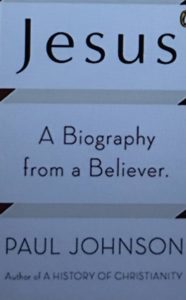by Tim Cameron | Apr 15, 2019 | Uncategorized
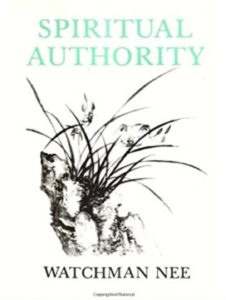
WATCHMAN NEE
The Chinese church leader and Christian teacher who worked in China during the 20th century. In 1922, he initiated church meetings in Fuzhou. He is considered the father of the House Church movement in China.
During his thirty years of ministry, Nee published many books expounding the Bible. He established churches throughout China and held many conferences to train Bible students and church workers.
Following the Communist Revolution, Nee was persecuted and imprisoned for his faith and spent the last twenty years of his life in prison. He said, “When the Lord called me to serve Him, the prime object was not for me to hold revival meetings so that people may hear more Scriptural doctrines nor for me to become a great evangelist. The Lord revealed to me that He wanted to build up local churches in other localities to manifest Himself, to bear testimony of unity on the ground of local churches so that each saint may perform his duty in the Church and live the Church life. God wants not merely individual pursuit of victory or spirituality but a corporate, glorious Church presented to Himself.”
“In June 1972, we got a notice from the labor farm that my granduncle had passed away. My eldest grandaunt and I rushed to the labor farm. But when we got there, we learned that he had already been cremated. We could only see his ashes… Before his departure, he left a piece of paper under his pillow, which had several lines of big words written in a shaking hand. He wanted to testify to the truth which he had even until his death, with his lifelong experience. That truth is—”Christ is the Son of God who died for the redemption of sinners and resurrected after three days.
This is the greatest truth in the universe. I die because of my belief in Christ. Watchman Nee.” When the officer of the labor farm showed us this paper, I prayed that the Lord would let me quickly remember it by heart… My granduncle had passed away. He was faithful until death. With a crown stained with blood, he went to be with the Lord. Although Nee did not fulfill his last wish, to come out alive to join his wife, the Lord prepared something even better—they were reunited before the Lord.”
— Watchman Nee’s grandniece, Watchman Nee: A Seer of the Divine Revelation in the Present Age.”
by Tim Cameron | Mar 6, 2019 | Uncategorized
97. Prince Caspian by C. S. Lewis
1951 published
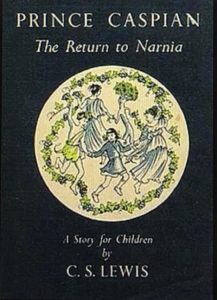
by Tim Cameron | Mar 5, 2019 | Uncategorized
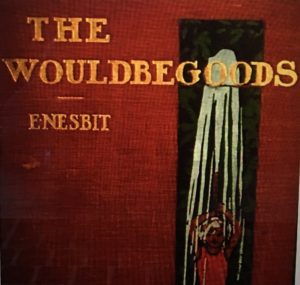
Nesbit published approximately 40 books for children, including novels, collections of stories and picture books. Collaborating with others, she published almost as many more.
Nesbit was “the first modern writer for children”: Nesbit “helped to reverse the great tradition of children’s literature inaugurated by Lewis Carroll, George MacDonald and Kenneth Grahame, in turning away from their secondary worlds to the tough truths to be won from encounters with things-as-they-are, previously the province of adult novels.” Briggs also credits Nesbit with having invented the children’s adventure story. Noël Coward was a great admirer of hers and, in a letter to an early biographer Noel Streatfeild, wrote “she had an economy of phrase, and an unparalleled talent for evoking hot summer days in the English countryside.”
Among Nesbit’s best-known books are The Story of the Treasure Seekers (1899) and The Wouldbegoods (1901), which both recount stories about the Bastables, a middle-class family that has fallen on (relatively) hard times. The Railway Children is also known from its adaptation into a 1970 film version. Gore Vidal called the time-travel book, The Story of the Amulet one in which “Nesbit’s powers of invention are at their best.” Her children’s writing also included numerous plays and collections of verse.
by Tim Cameron | Feb 27, 2019 | Uncategorized
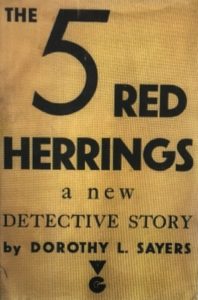
99. The Five Red Herrings by Dorothy Sayers
Who was Dorothy Sayers:
She is best known for her mysteries, a series of novels and short stories set between the First and Second World Wars that feature English aristocrat and amateur sleuth Lord Peter Wimsey, which remain popular to this day. However, Sayers herself considered her translation of Dante’s Divine Comedy to be her best work. She is also known for her plays, literary criticism, and essays.
She was a member of a literary society called the Inklings, which included Owen Barfield, CS Lewis, and JRR Tolkien.
Her very influential essay The Lost Tools of Learning has been used by many schools in the US as a basis for the classical education movement, reviving the medieval trivium subjects (grammar, logic, and rhetoric) as tools to enable the analysis and mastery of every other subject. Sayers also wrote three volumes of commentaries about Dante, religious essays, and several plays, of which The Man Born to Be King may be the best known.
by Tim Cameron | Feb 26, 2019 | Uncategorized
Jesus A Biography from a Believer Paul Johnson